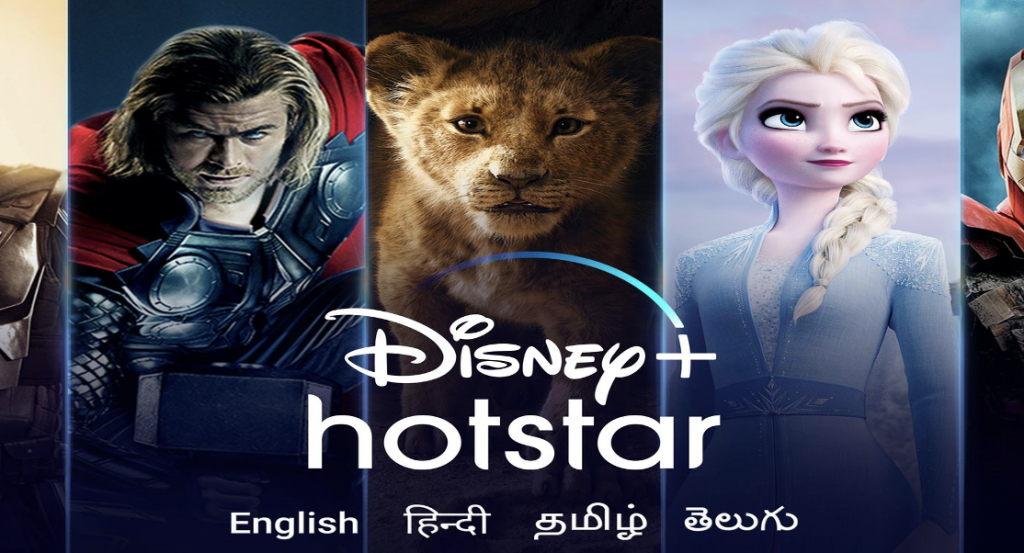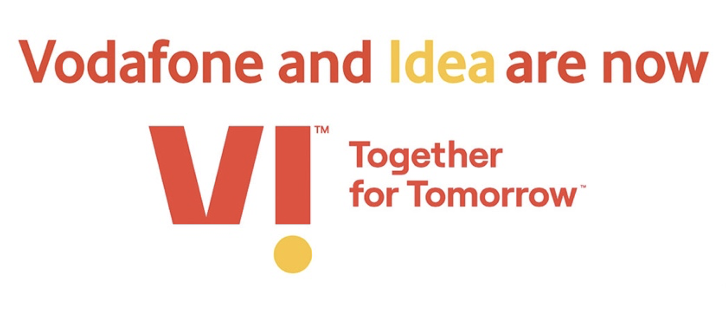Mergers and acquisitions are an extremely complicated process. They are complex and intricate. They are laden with subtleties, choices, and countless possibilities. From administrative differences, to setting up a new unified IT system, to creating new financial books; a lot of work has to be done behind the curtains to make the merger or the acquisition come to life.

Branding is often an afterthought during a merger or an acquisition. This coming together of two brands offers an opportunity for the brands involved to reposition themselves in the market, as well as in the eyes of their consumers. In 2006, MIT Sloan Management Review conducted a study and found that in 75% of all mergers and acquisitions, branding is considered to be unimportant and is usually an afterthought. Perhaps that explains why 70-90% of mergers and acquisitions bite the dust. To avoid excessive efforts trying to improve the image of a brand after it’s been merged or acquired, it often proves to be a wise decision to have a branding-centric point of view from the very beginning. Allowing a branding agency to have a seat at the table from the very get-go can prove to be extremely beneficial to every party involved!
The very first question that we must ask ourselves during a merger or an acquisition is which branding strategy should this newly formed company follow? After much deliberation and brainstorming, once we’ve decided on a conclusive plan of action, all our upcoming work will become extremely simplified! The branding agency will have to spend less time trying to come up with content that might not even be in line with the vision that the merging companies have, and the content will not only be more cohesive, but will also help convey the vision and the direction of the merger. However, the question is, how do we decide on which strategy to follow? For a branding agency to know which approach it must undertake, the agency must be aware of why the mergers or acquisition is happening in the first place.
Let’s assume, a company with good resources might have managed to project a negative image to its consumers. It makes logical sense for that company to merge with another company that might not have their resources, but might have the goodwill that they are looking for. Hence, one brand gets the other’s resources, while the other brand gets associated with a company with strong goodwill, helping the company whitewash its negative image and become competitive in the market again. Therefore, it does the branding consultancy a world of good to know why the mergers or acquisition is happening in the first place.
Usually, there are 4 standard blueprints or strategies that a branding agency can follow in scenarios like this.
Top Dog Approach
One of the brands included in this approach is highlighted to introduce a combined personality across the recently unified brands. As a general rule, the lead organization’s name and logo are held on to. Although, at times the acquired organization’s name and logo can be used as well if it’s felt that consumers would be more receptive to that branding. However, in very few cases, the lead organization uses its name alongside a newly created logo that emerged from the merger or the acquisition.
This approach is the most commonly used approach when it comes to a merger or an acquisition, being used in almost half of them! This is because it’s the simplest approach to employ, both for the companies involved, as well as for the branding agency. It’s simple, clear, and helps get the point across. An example of this approach in India is the acquisition of Uber Eats India by the food delivery and dining app Zomato. As Uber Eats struggled to become profitable in the country, it was acquired by Zomato who used Uber Eats’ resources to help strengthen Zomato. All existence of Uber Eats was erased, with Zomato even rebranding Uber Eats’ bikes with Zomato branding.

Combination Approach
The Top Dog Approach often makes it look as if the bigger company just usurped the smaller one. This issue doesn’t arise in the Combination Approach, which aims to highlight what both companies bring to the table. The newly merged companies can set up shop again using a brand new name (which is usually a combination of the two company’s names), and even a brand new logo!
One boon of this approach is the fact that none of the companies involved in the merger or acquisition appear as a ‘lower’ company, as it might seem in the Top Dog Approach. Hence, while in Top Dog Approach, an acquired company might appear defunct; in the Combination Approach, both brands seem to be on equal footing as both have equal representation. However, this approach does have its downsides as well. Since both companies are on an equal footing, it can be hard to figure out where in the organizational hierarchy they are placed. Furthermore, there’s a chance both companies end up losing the USP they’ve worked so hard to create over the years.
An example of the Combination Approach in the Indian market is the merger of VOD platforms Disney+ and Hotstar, who merged to form the streaming service Disney+ Hotstar.

New Entity Approach
Sometimes, a merger or an acquisition provides companies with an opportunity to create a brand new company. This new entity uses branding to differentiate itself from its past, using a new logo and a new name, along with a completely different visual identity compared to the two companies that birthed it. This can reinvigorate struggling companies, as it offers the resulting new brand to have a new mission, direction, and philosophy. However, even this approach has a downside as it can take quite a lot of effort and commitment to take a newly formed brand mainstream. An example of this is the merger of Telecom giants Idea and Vodafone, who merged to form a completely brand new company called Vi. They even drew up a new logo to highlight the merger, with the new logo using both the company’s old colours. The branding agency can therefore create a new visual identity and branding, which not only highlights the future of the two companies involved, but pays homage to their pasts.
This approach wipes the branding slate clean and is an opportunity for a branding agency to do some excellent work, as this approach allows for extreme creativity on the branding agency’s side.

Portfolio Approach
Sometimes a merger or acquisition occurs, not because a company wants the other company’s resources or employees, but because they want a certain product that the other company produces. Hence, this type of merger or acquisition occurs solely for the reason of increasing the size of a company’s portfolio. This approach, however, offers the least branding opportunity, as both companies just combine their names and logos. Both the companies involved continue using their previously established branding and visual identities. These types of mergers are therefore quite straightforward. For example, in order to enter into the Indian market, global retailer Walmart acquired Flipkart. However, although it is now owned by Walmart, Flipkart still operates as its own brand in India using its previous branding identity. The fact that its owned by Walmart is not even mentioned on Flipkart’s website, but adds to the portfolio of companies owned by Walmart.

In conclusion, to ensure that a merger or an acquisition lives up to its potential and proves to be the success that it is envisioned to be, both the companies involved must establish from the very beginning how important of a role branding will play in the merger or acquisition.
No matter what sort of a merger or acquisition your business might be a part of, we have all the solutions to all the scenarios your brand might encounter. Set your newly created company up for success by contacting us. Whether it is a logo redesign, a website redesign, or a complete brand makeover, it’s time you get in touch with professional branding agencies like Vowels to make your vision come true. We here at Vowels excel at rebranding all assets that might be included in a merger or an acquisition, and pride ourselves on creating new identities or reinforcing old ones. Want to ensure the success of your brand’s merger or acquisition? Schedule a call with us today!






